
Texas Instruments TI-99/4A
Texas Instruments TI-99/4A Specifications
| Manufacturer: | Texas Instruments |
| Developer: | Texas Instruments |
| CPU: | TI TMS9900 @ 3.0 MHz |
| Memory: | 256 bytes "scratchpad" RAM |
| Graphics: | TI TMS9918A, 16 KB VDP (graphics RAM) |
| Sound: | TI TMS9919, later SN94624 |
| Medium: | ROM cartridge, cassette, floppy disk |
| Display: | 32 single-color sprites, 16 fixed colors, 40×24 text mode, 32×24 graphics mode, 256×192 bitmap mode, 64×48 multicolor mode |
| Controllers: | 2 |
The Texas Instruments TI-99/4A is a home computer, released June 1981 in the United States at a price of $525 ($1,366 adjusted for inflation). It is an enhanced version of the less successful TI-99/4 model, which was released in late 1979 at a price of $1,150 ($3,749 adjusted for inflation). The TI-99/4 had a calculator-style chiclet keyboard and a character set that lacked lowercase text. The TI-99/4A added an additional graphics mode, "lowercase" characters consisting of small capitals, and a full-travel keyboard. Both used 16-bit processors, making the TI-99/4 series the first 16-bit home computers.
Based on Texas Instruments's own TMS9900 microprocessor originally used in minicomputers, the TI-99/4 was the first 16-bit home computer. The associated TMS9918 video display controller provides color graphics and sprite support which were only comparable with those of the Atari 400/800 released a month after the TI-99/4.
The calculator-style keyboard of the TI-99/4 was cited as a weak point, and TI's reliance on ROM cartridges and their practice of limiting developer information to select third parties resulted in a lack of software for the system. The TI-99/4A was released in June 1981 to address some of these issues with a simplified internal design, full-travel keyboard, improved graphics, and a unique expansion system. At half the price of the original model, sales picked up significantly and TI supported the 4A with peripherals, including a speech synthesizer and a "Peripheral Expansion System" box to contain hardware add-ons. TI released developer information and tools, but the insistence on remaining sole publisher continued to starve the platform of software.
The 1981 US launch of the TI-99/4A followed Commodore's VIC-20 by several months. Commodore CEO Jack Tramiel did not like TI's predatory pricing in the mid-1970s and retaliated with a price war by repeatedly lowering the price of the VIC-20 and forcing TI to do the same. By late 1982, TI was dominating the U.S. home computer market, shipping 5,000 computers a day from their factory in Lubbock, Texas. By 1983, the 99/4A was selling at a loss for under US$100. Even with the increased user base created by the heavy discounts, Texas Instruments lost US$330 million in the third quarter of 1983 and announced the discontinuation of the TI-99/4A in October 1983. Production ended in March 1984.
The TI-99/4 was intended to fit in the middle of a planned range of TI-99 computers, none of which were released, but prototypes and documentation have been found after the TI-99/4A was discontinued.
Latest on Texas Instruments TI-99/4A
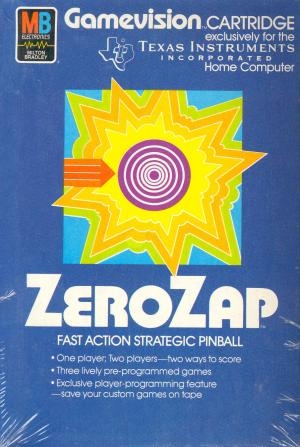
ZeroZap
ZeroZap is a fun game where a player launches an arrow and it bounces and reflects around the map scoring points. Your goal is to determine the best ...
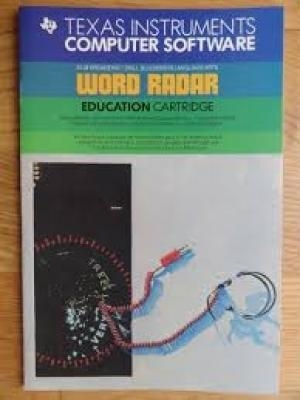
Word Radar
Educational.
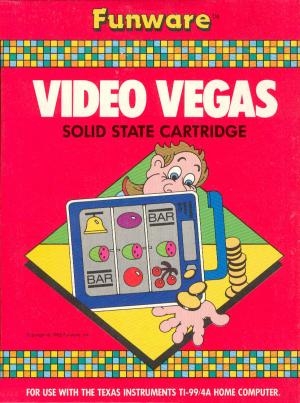
Video Vegas
Video Vegas was Funware's first game released to the public. According to Michael Brouthers (president of Funware), Video Vegas was actually programme...
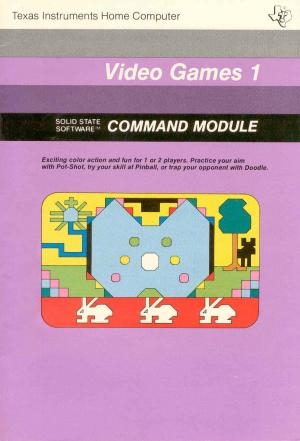
Video Games 1
Video Games 1 is a compilation of 3 small video games on one cartridge (Pot-Shot, Pinball, and Doodle). The most interesting titles on the cartridge a...
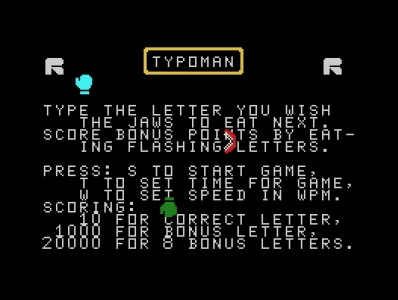
Typo Man
Typo Man appears very similar to Typo II. In this Pac-Man style clone you must navigate the map through correct keystrokes displayed on the map. O...
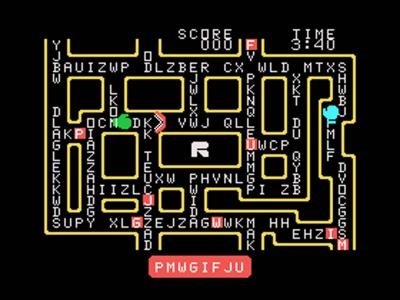
Typo II
Journey into the land of enhanced reality with TYPO II. This exciting educational game is by ROMOX, for your Texas Instruments 99/4A Home Computer. TY...

Tunnels of Doom: Pennies and Prizes/Quest of the King
Cassette Tape for Tunnels of Doom
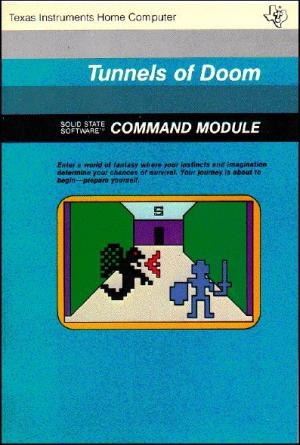
Tunnels of Doom
One of the first graphical computer role-playing games, Tunnels of Doom puts the players in control of up to four characters in a single party, to exp...
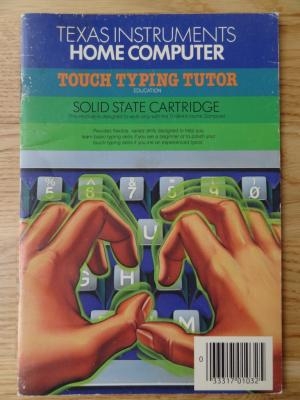
Touch Typing Tutor
Text borrowed from: https://archive.org/stream/tibook_ti994a-software-directory/ti994a-software-directory_djvu.txt 307006A TOUCH TYPING TUTOR ...
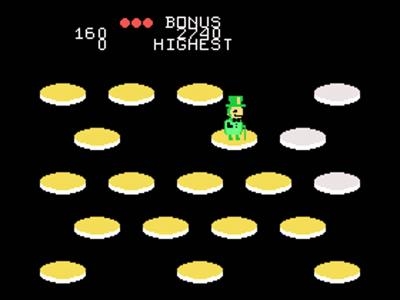
Topper
Poor Topper, the lovable little turtle who tries to liven up his universe by painting his galactic tiles. But, the mysterious Dynomite and the Renegad...